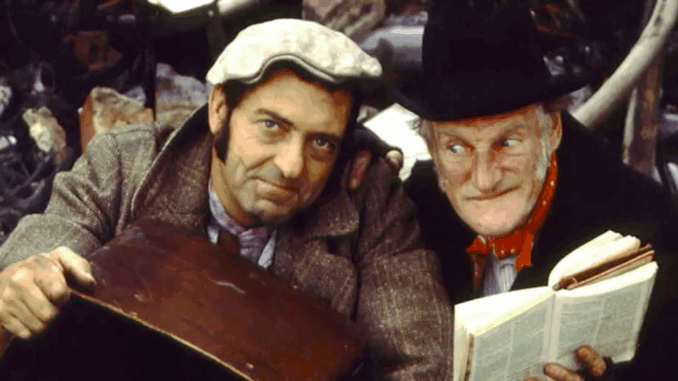
When Sanford and Son premiered in 1972, it didn’t promise polished lessons or perfect family values. Instead, it gave viewers something even more enduring — honesty. The grumpy junk dealer Fred Sanford and his idealistic son Lamont argued, schemed, and clashed in nearly every episode. Yet through it all, they stayed together.
The Power of Flawed Love
Fred Sanford, played by Redd Foxx, was no saint. He insulted Lamont, faked heart attacks to manipulate situations, and rarely showed overt affection. Lamont, played by Demond Wilson, was the rational one — often exasperated, always trying to move beyond the family’s modest circumstances. Their banter was funny, but it also revealed something deeper: the awkward, unresolved tension between generations.
Still, the love was unmistakable. Fred’s over-the-top reactions — like “Elizabeth! I’m coming to join you!” — weren’t just for laughs; they were windows into a man terrified of losing control. Lamont, despite constant frustration, never walked away.
Reflecting Black Working-Class America
The setting was South Central Los Angeles. The characters were Black. And the stories were grounded in economic reality. This was revolutionary. Sanford and Son didn’t glamorize poverty, but it didn’t pity it either. Instead, it normalized it — showing a father and son doing what they could to survive with dignity and sarcasm.
Behind the Comedy, a Radical Message
Through its humor, Sanford and Son delivered commentary on race, class, aging, and masculinity. Fred Sanford wasn’t always politically correct, but his character often confronted uncomfortable truths — about discrimination, generational change, and pride.
Today, sitcoms rarely take such risks. That’s why Sanford and Son still stands out: it dared to show us that love doesn’t always look like a hug. Sometimes, it looks like a sarcastic insult followed by shared laughter.

